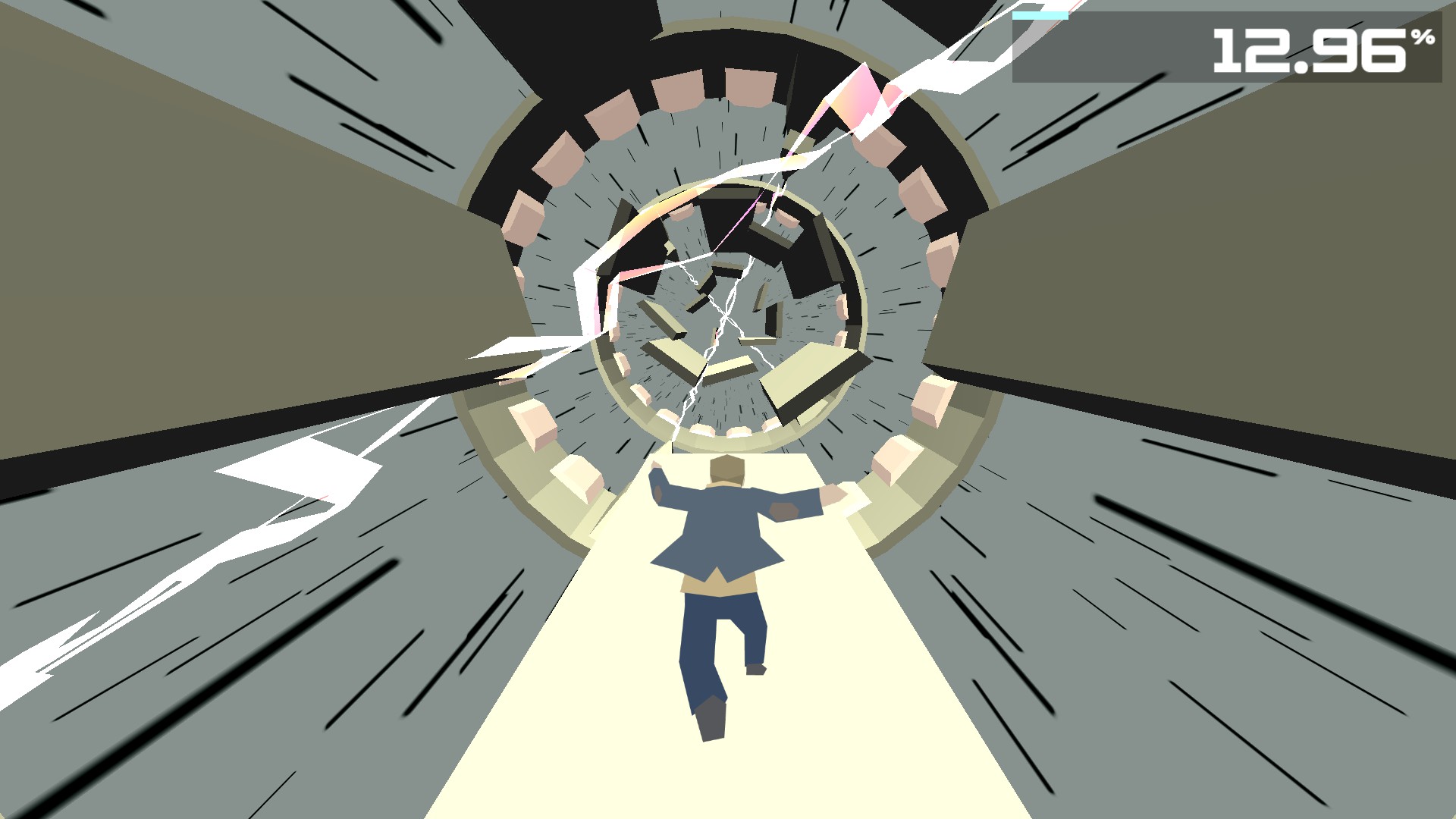

Since some grand unified theories such as the Georgi–Glashow model predict a half-life less than this, then the existence of X and Y bosons, as formulated by this particular model, remain hypothetical.Īn X boson would have the following two decay modes: : 442 However, the Super-Kamiokande has put a lower bound on the proton's half-life as around 10 34 years. Significantly, the X and Y bosons couple quarks (constituents of protons and others) to leptons (such as positrons), allowing violation of the conservation of baryon number thus permitting proton decay. Since the X and Y boson mediate the grand unified force, they would have unusual high mass, which requires more energy to create than the reach of any current particle collider experiment. In particle physics, the X and Y bosons (sometimes collectively called " X bosons" : 437 ) are hypothetical elementary particles analogous to the W and Z bosons, but corresponding to a unified force predicted by the Georgi–Glashow model, a grand unified theory (GUT). Y: two quarks, or one antiquark and one charged antilepton, or one antiquark and one antineutrino X: two quarks, or one antiquark and one charged antilepton For mesons with the same names, see XYZ particle.

This article is about bosons of a hypothetical new interaction.


 0 kommentar(er)
0 kommentar(er)
